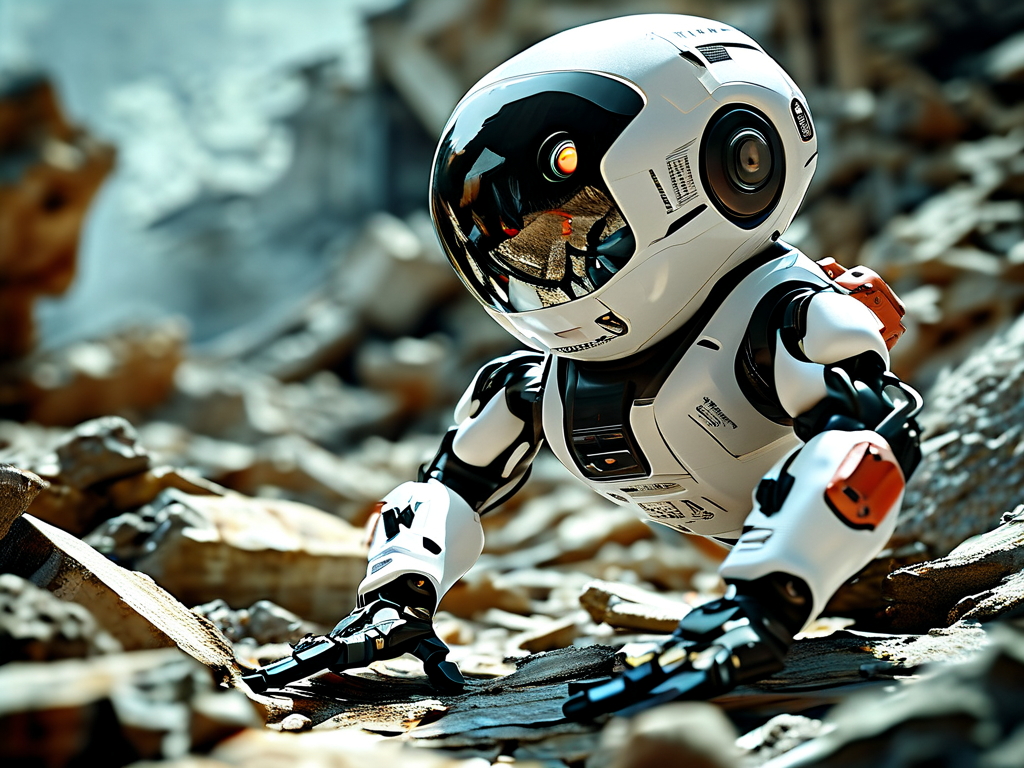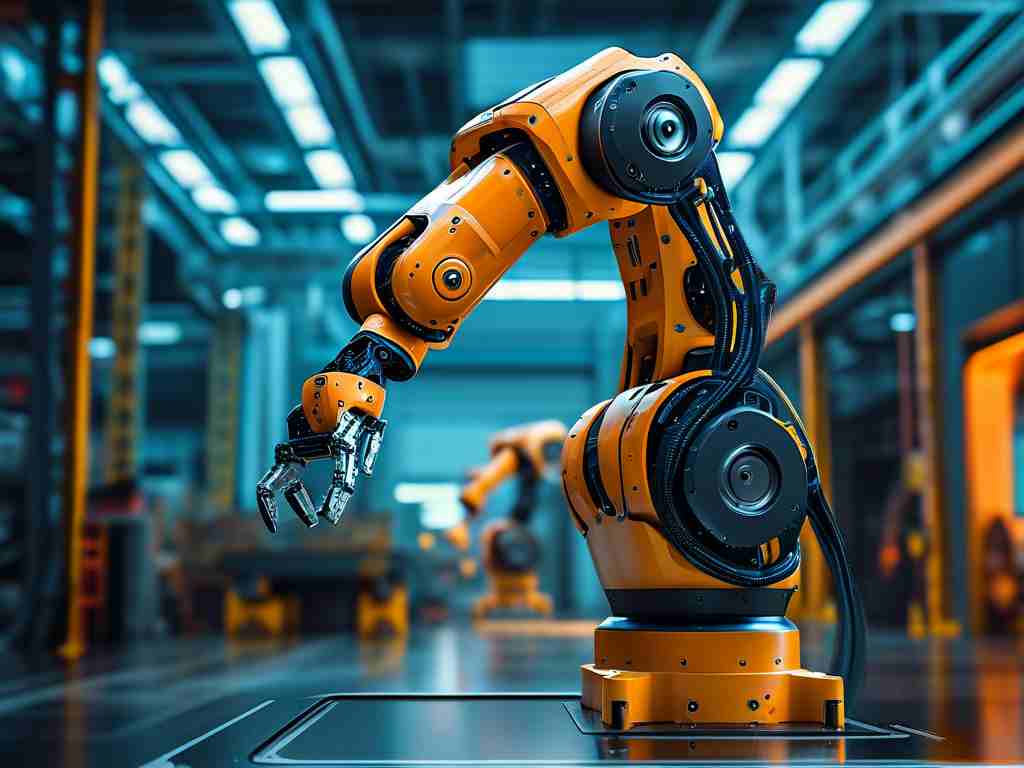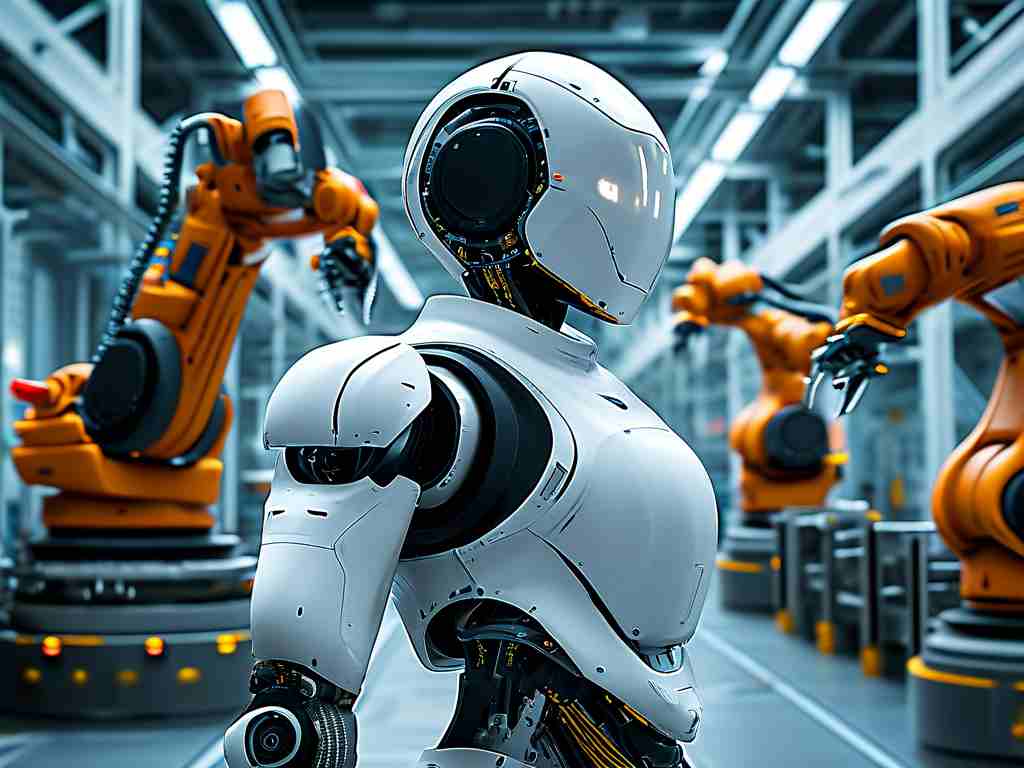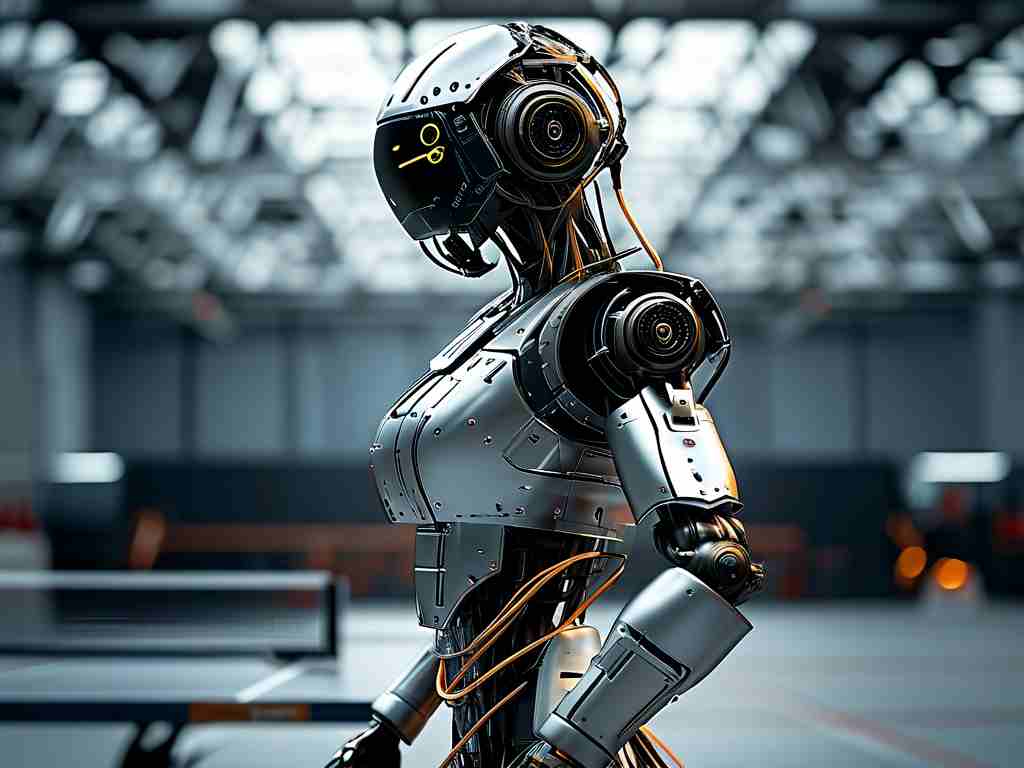In the aftermath of devastating earthquakes, time is a critical factor in locating and rescuing survivors trapped under rubble. Traditional search-and-rescue methods, while effective to a degree, often face limitations due to hazardous environments and restricted access. This has spurred the development of earthquake rescue robotics, a field merging advanced engineering, artificial intelligence, and real-time data analysis to improve disaster response outcomes.

The Evolution of Rescue Robotics
Early rescue robots were rudimentary, often limited to remote-controlled vehicles equipped with basic cameras. Today, cutting-edge models integrate multispectral sensors, thermal imaging, and AI-driven navigation systems. For instance, snake-like robots developed by researchers at institutions like MIT can slither through narrow gaps in collapsed structures, transmitting 3D maps of debris layouts. Quadrupedal robots, such as Boston Dynamics’ Spot, have been adapted for disaster scenarios, leveraging their agility to traverse uneven terrain while carrying payloads like oxygen tanks or medical kits.
A breakthrough in this domain is the use of swarm robotics. Inspired by insect colonies, these systems deploy dozens of small, coordinated robots to cover large areas rapidly. In a simulated collapse scenario tested by the University of Pennsylvania, a swarm of 50 palm-sized drones completed structural assessments 80% faster than human teams. Such efficiency could mean the difference between life and death in real-world disasters.
Key Technologies Driving Progress
- Sensor Fusion: Modern rescue robots combine lidar, ultrasonic, and gas-detection sensors to identify survivors and assess environmental risks. For example, the Japanese-developed Active Scope Camera robot uses a 360-degree camera and carbon dioxide sensors to detect human breath patterns beneath rubble.
- Autonomous Navigation: AI algorithms enable robots to adapt to dynamic environments. The EU-funded TRADR project showcased robots that “learn” from repeated missions, improving their path-planning accuracy by 40% over successive deployments.
- Human-Robot Collaboration: Interfaces like haptic feedback gloves allow operators to “feel” a robot’s surroundings, enhancing control precision. During Nepal’s 2015 earthquake, operators using such systems reported a 30% reduction in accidental debris displacement during extrication.
Challenges and Ethical Considerations
Despite advancements, technical hurdles persist. Battery life remains a bottleneck, with most robots operating for under two hours in high-intensity modes. Communication dropouts in steel-reinforced rubble also plague systems reliant on Wi-Fi or Bluetooth. Researchers are exploring hybrid power systems and mesh network protocols to address these issues.
Ethically, the deployment of rescue robots raises questions about job displacement in emergency services. However, experts argue that robots complement rather than replace human responders. “These machines handle tasks too dangerous for humans, allowing rescue teams to focus on medical triage and strategic planning,” notes Dr. Elena Rodriguez, a robotics ethicist at Stanford.
Case Studies: Robots in Action
- 2011 Tohoku Earthquake (Japan): Quince robots mapped Fukushima’s reactor buildings, measuring radiation levels inaccessible to humans.
- 2023 Türkiye-Syria Earthquake: Turkish firm Asisguard deployed drone swarms to scan 12 square kilometers in 48 hours, identifying 17 survivor clusters missed by ground teams.
The Road Ahead
Future innovations may include biodegradable robots that dissolve after delivering supplies, minimizing environmental impact. Soft robotics, using materials like silicone, could further improve maneuverability in tight spaces. Meanwhile, partnerships between governments and tech firms—such as the UN’s AI for Humanitarian Action initiative—aim to democratize access to these technologies for disaster-prone regions.
In , earthquake rescue robotics represents a convergence of compassion and innovation. As these systems evolve, they promise not only to save lives but also to redefine humanity’s resilience in the face of nature’s most destructive forces.









